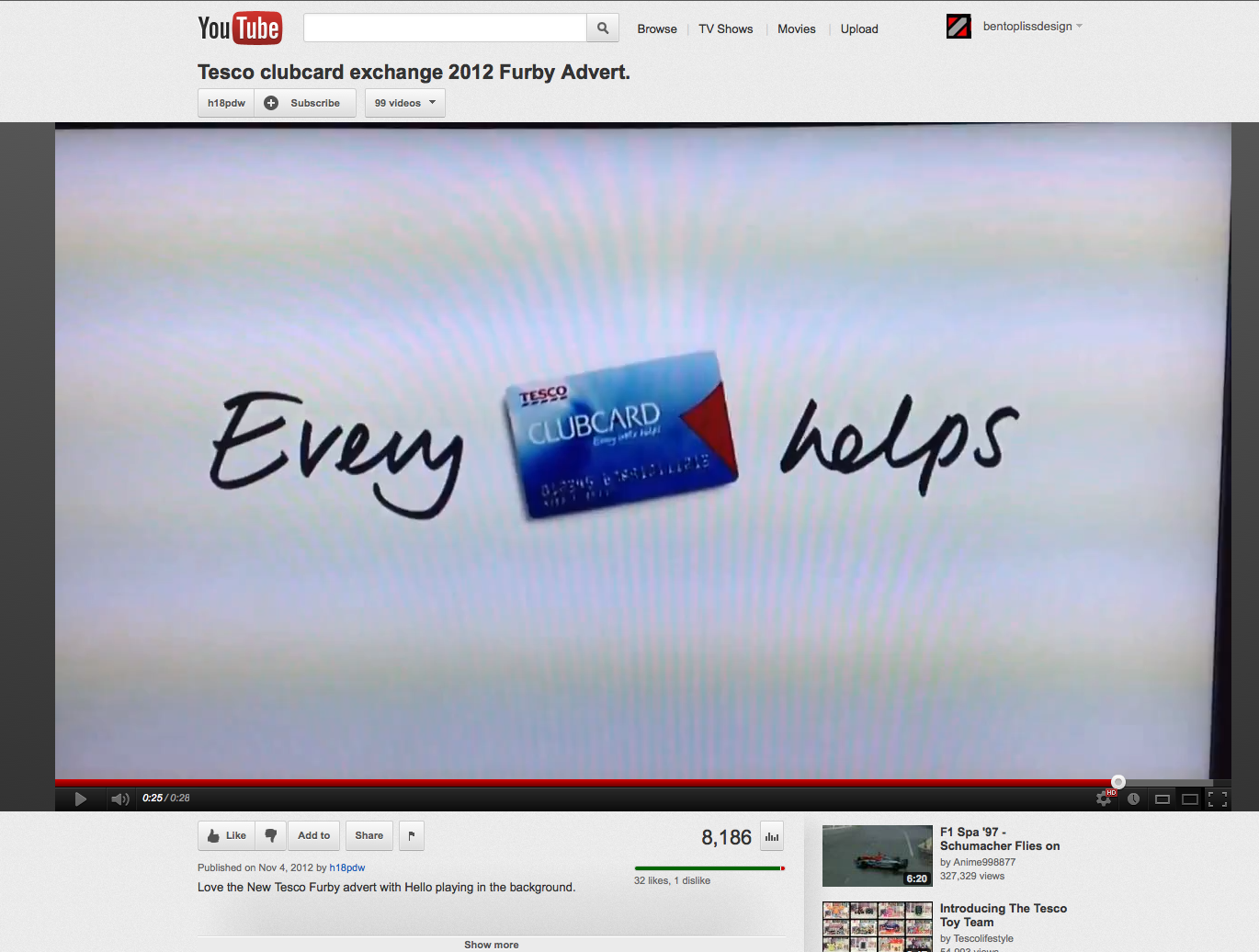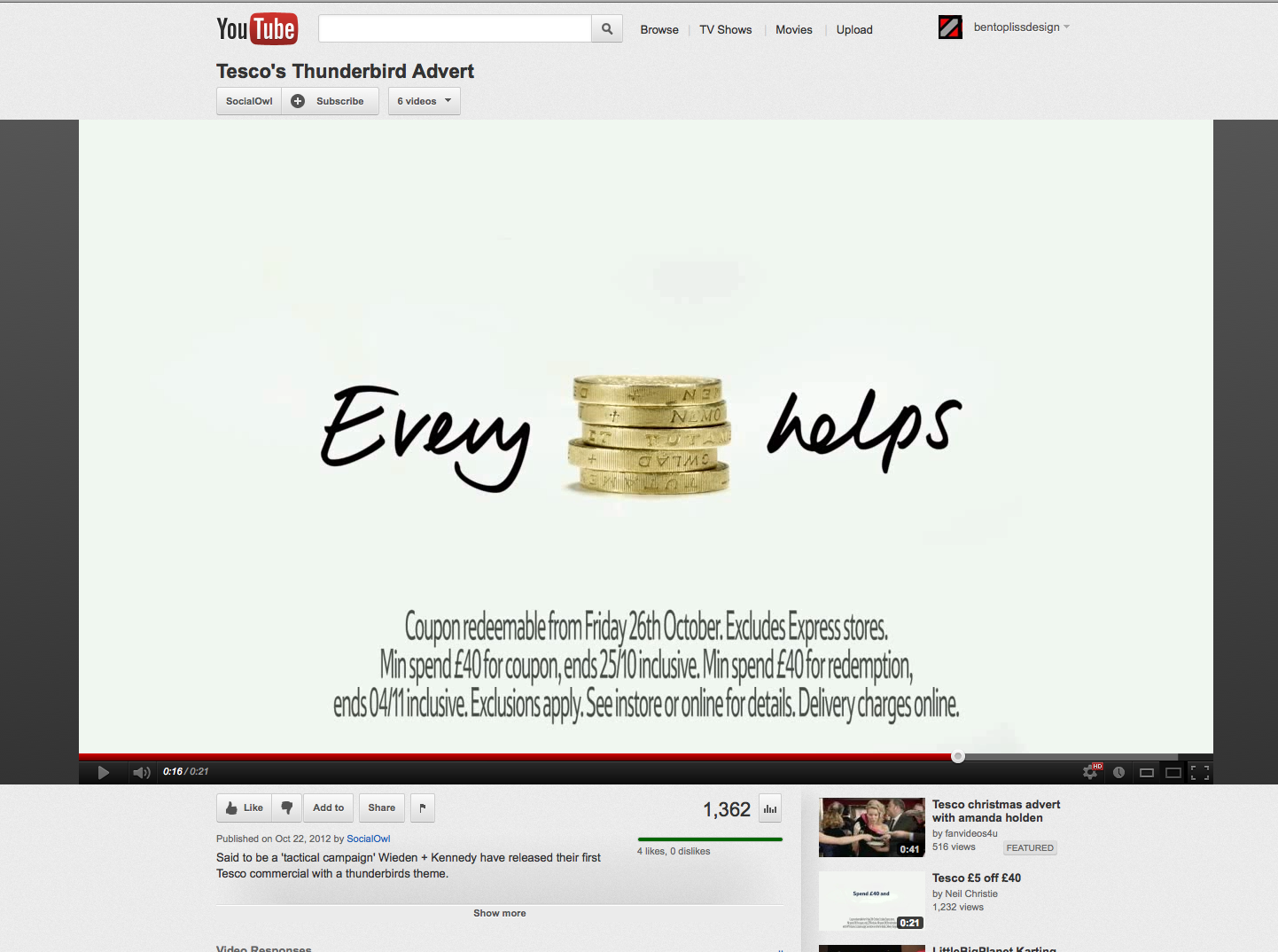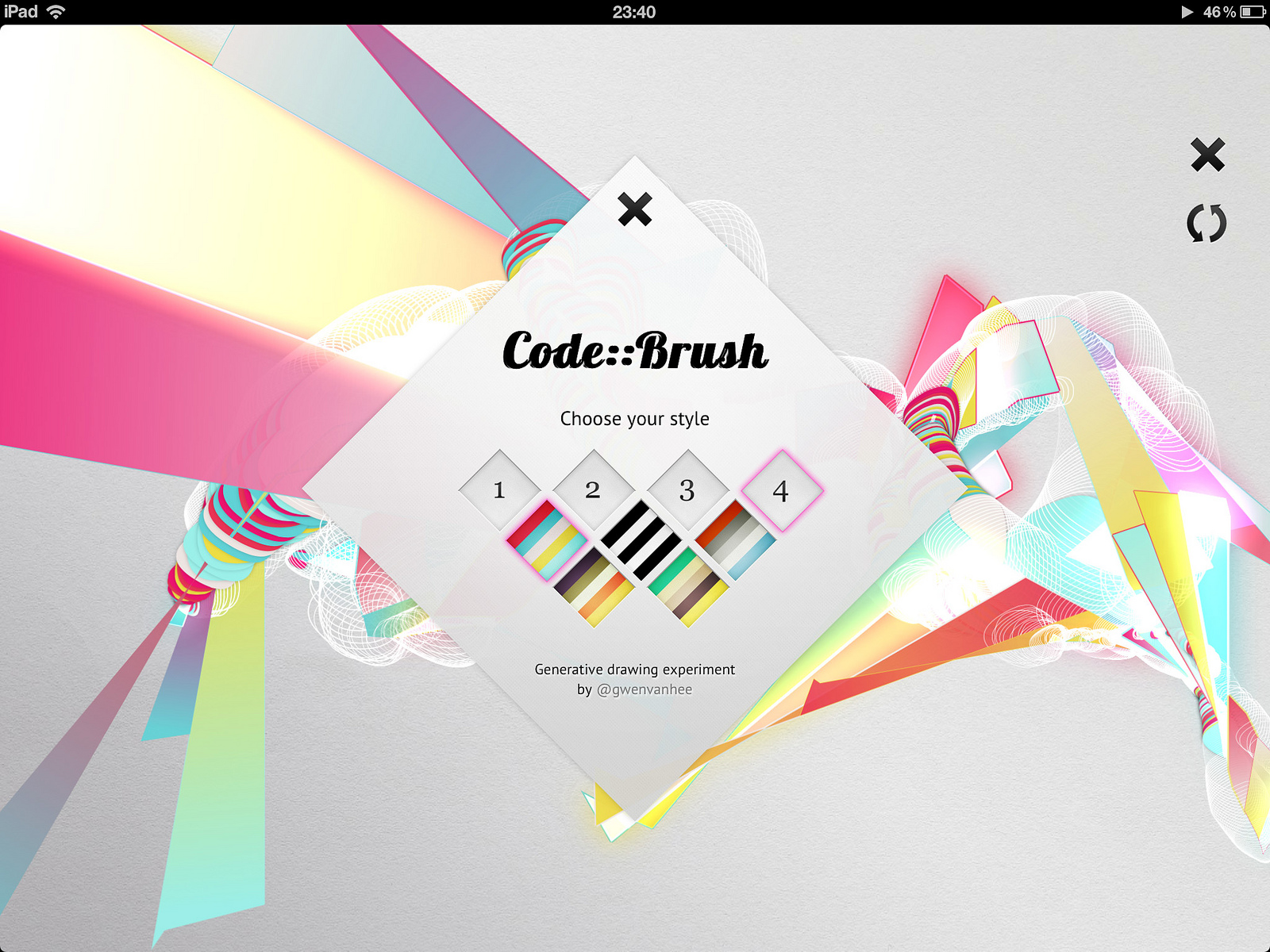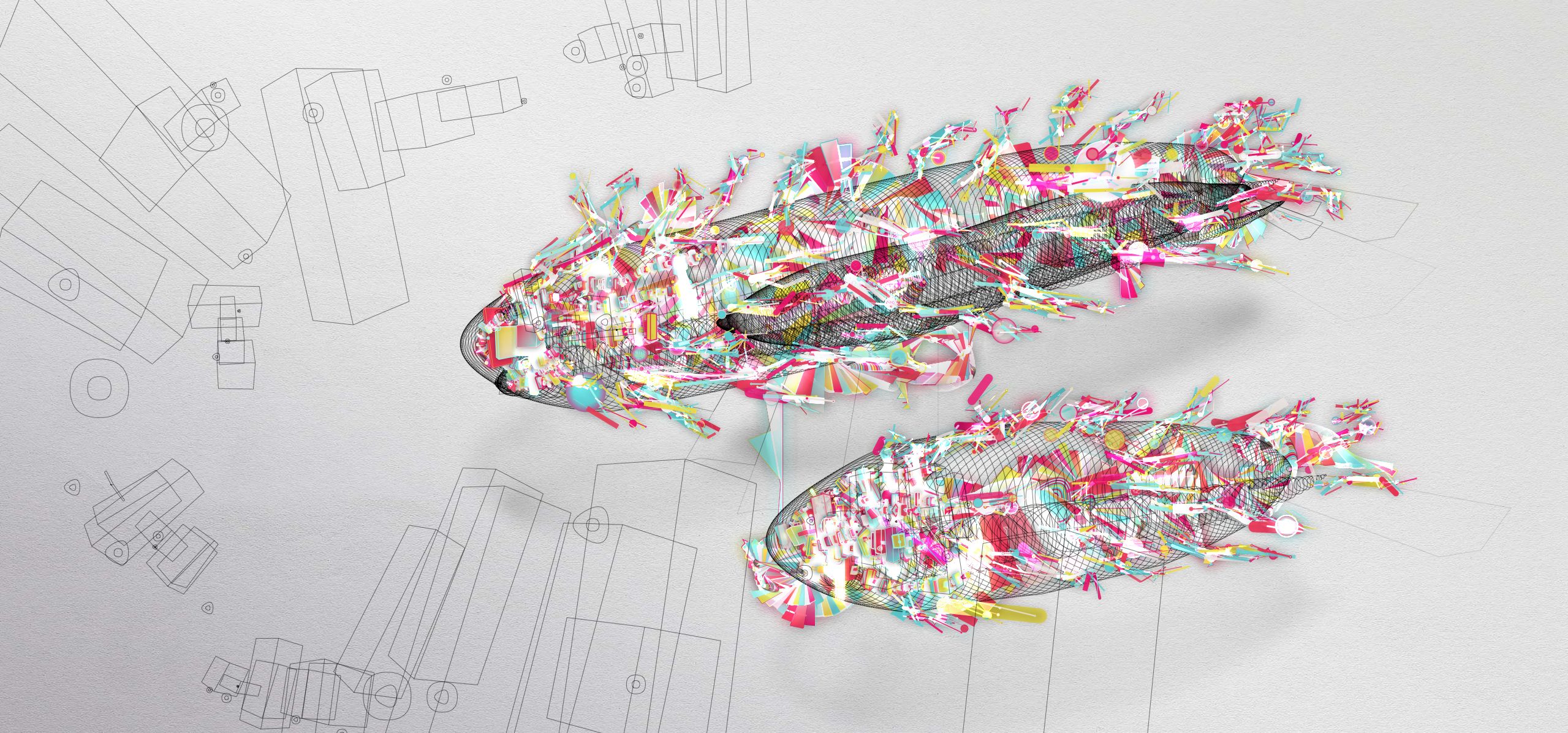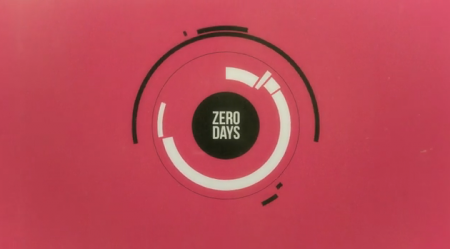Now in its third series, Sir Alan Sugars hunt for a Young Apprentice takes a group of “aspiring moguls which have been selected for their academic flair and burning passion for business” and tests them against each other in a series of tasks.
For their final task, the remaining competitors found themselves in Manchester needing to create a completely new sports brand from scratch. As it was the final all the original contestants came back to help and assist those still left in the competition, and we were asked to help the teams develop and design the core assets for their new brands.
I got the task of looking after one the teams, and this is my experience.
Filming happened over a sunny day at the beginning of August and my team, lead by feisty Maria had opted to go for a cycling brand as they felt that cycling wasn’t deemed very “cool” especially within the 18-30 market. At the beginning of the day before we started shooting, we were very clearly briefed that in no way were we allowed to offer them any advice or guidance and that we were just there to facilitate their ideas. Personally, I would say I don’t think cycling has ever been cooler especially within that age group, there are some great cycle clothing brands out there like Rapha and smaller outfits such as Milltag, style icon Bradley Wiggins had just become the first British man to win the Tour De France the week before, and later that day he was set to win Olympic gold (for the fourth time) in the men’s time trial.
Baring their main strategy maybe not being bang on as far as I was concerned, there is room in the market for a new brand and the way they went about the task when they were with me was quite impressive. They had some decent ideas and concepts and had a good grasp of what they wanted from the session.
It was quite a long day, I arrived at work early having set up the area we recorded in the day before. The contestants were due to arrive at about 10:30 and film outside the building before coming in, being briefed by me and having a couple of hours to brainstorm and design a brand marque and tagline.

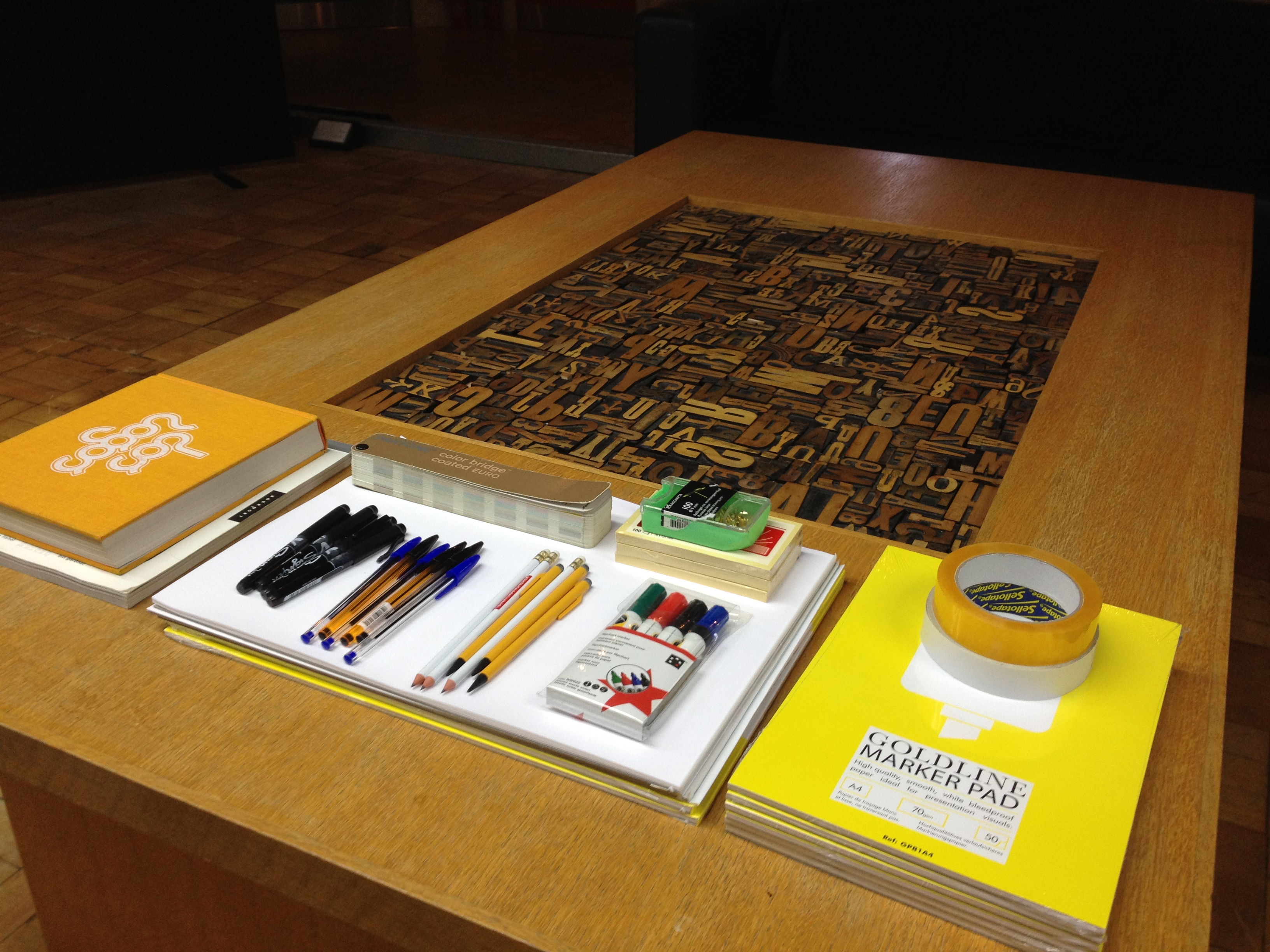
Each team got the use of a logo book to help with the brainstorming ideas, a pantone swatch book and a selection of pads, pens and other stationary items.
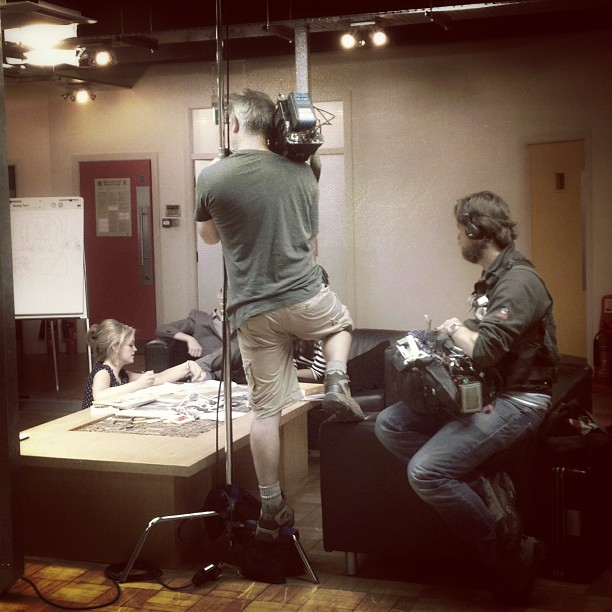
After initially briefing the contestants to camera, the first half of the filming was pretty quiet for me whilst they brainstormed ideas amongst each other and made some phone calls like they do via speakerphone, which was pretty funny to watch live. Once they had decided on their idea, it was then my job to visualize their sketches help them select colours and typefaces. As none of them had any real knowledge of colours or type, they spent a long time getting hung up the tiny details and arguing over very similar shades of green in the pantone book we had provided! This wasted time later on made it tricky for me when we got word from the printer of minimum stroke width in the design.
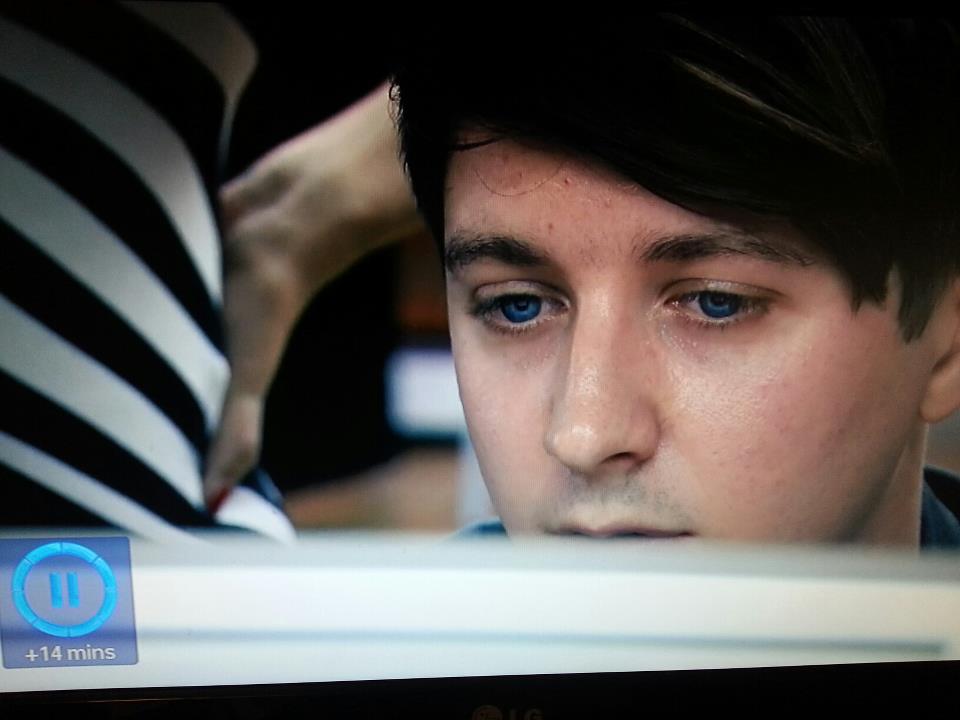
They had called their company “CYC”, as in cyc-ling, and wanted the logo to form a bicycle wheel with the second ‘C’ being flipped. I designed quite a delicate wheel with fine spokes emerging from the ‘Y’ which formed the axle in the centre of the wheel, but as I said above, the last minute print spec called for 50% of the spokes to be removed and thickened up considerably which made the final design look a little unrefined and chunkier than I would have liked. However given the time available (about 30 minutes), with a team of indecisive youngsters sitting on my shoulder and a camera crew filming the whole process I’m not sure I could have done much more.
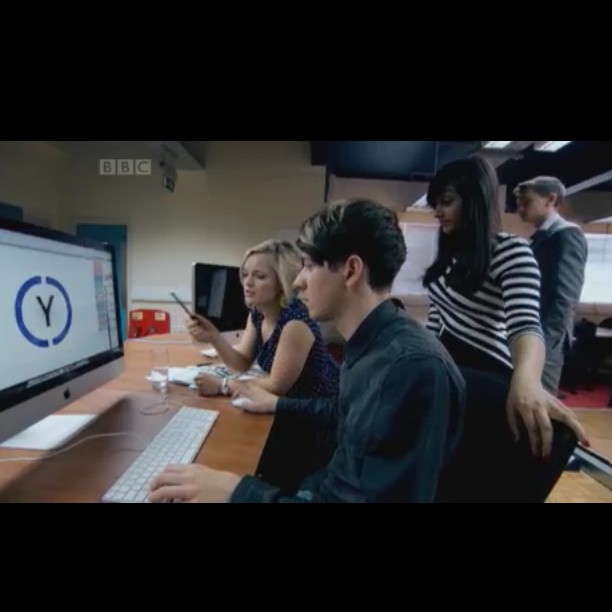
Once the deadline was reached, work stopped and the final design was then fired off to a printer, who was with the other half of the team, and they were going to print the designs onto all the collateral required for their final presentation. The next step was to design a flyer and brand manifesto, before Nick was briefed on animating the logo, which would be used on a digital six sheet and in the final presentation, whilst then Alex artworked all the final files.
It was a pretty full on morning, a great incite into the making of the program and as a fan of the program it was just great to take part. The whole filming process was pretty fun, and by the end of it I was used to having a camera in my face. Fortunately it wasn’t focused on me too often, despite that I have been cringing at thought of watching myself back with every new episode of the series!
It has been pretty tough to keep it a secret since the beginning of August, especially meeting the legend that is Nick Hewer!
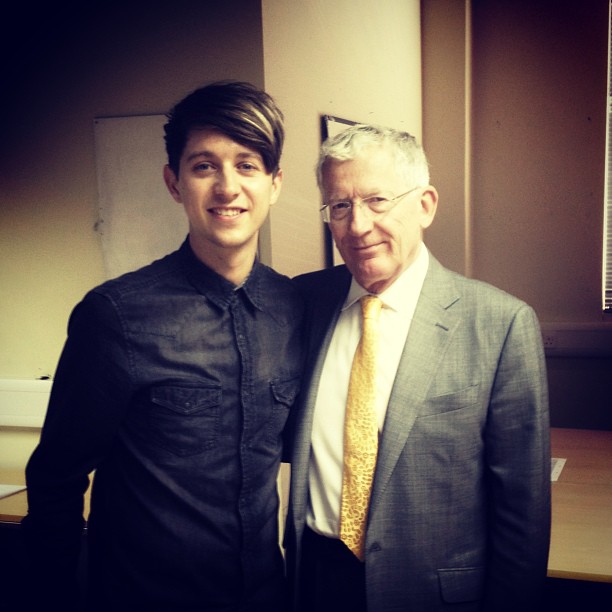
If you missed the final, it’s available to watch again on iplayer (for a limited period):
http://www.bbc.co.uk/programmes/b016kgww













![Reebok – NBA All Star Event [2022]](https://i0.wp.com/bentopliss.com/assets/2022/03/Project_panel_480x328px__0007_ALLSTAR.jpg?fit=480%2C328)


























![Reebok x Jurassic Park [Pitch]](https://i0.wp.com/bentopliss.com/assets/2022/03/Project_panel_480x328px__0006_JP.jpg?fit=480%2C328)






































































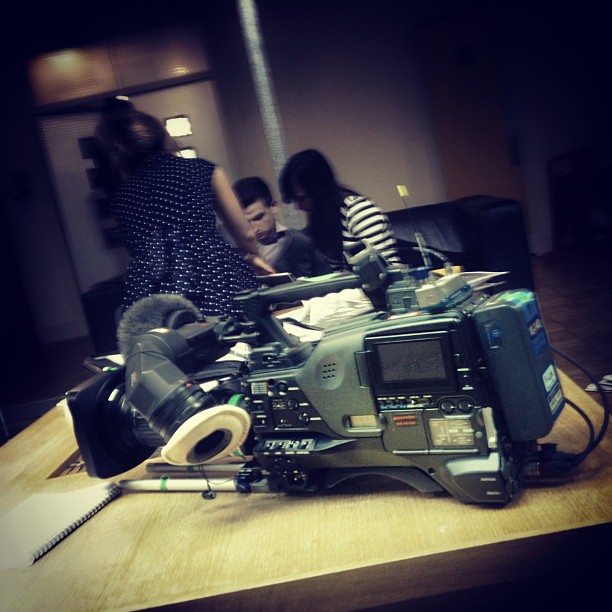
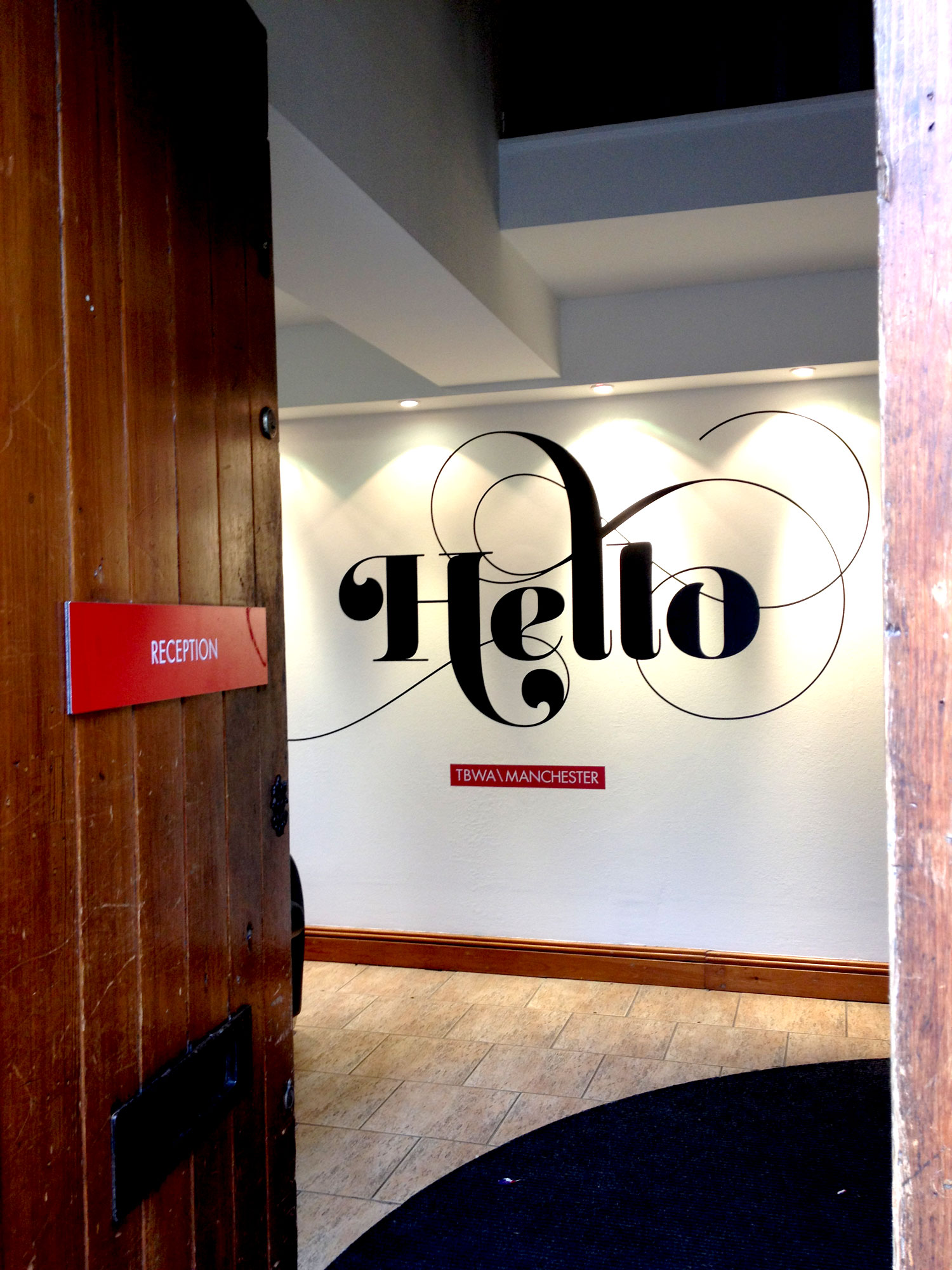
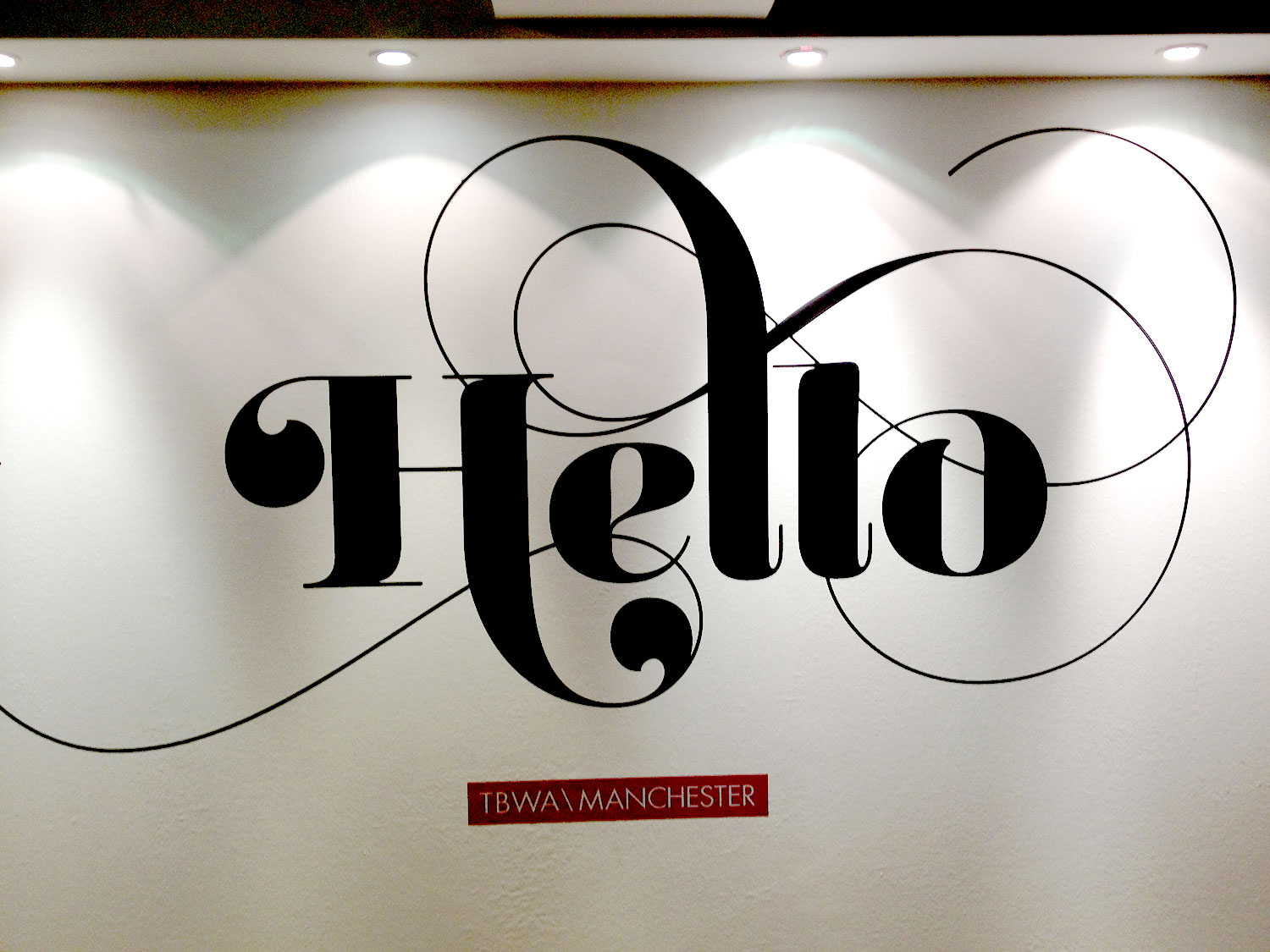
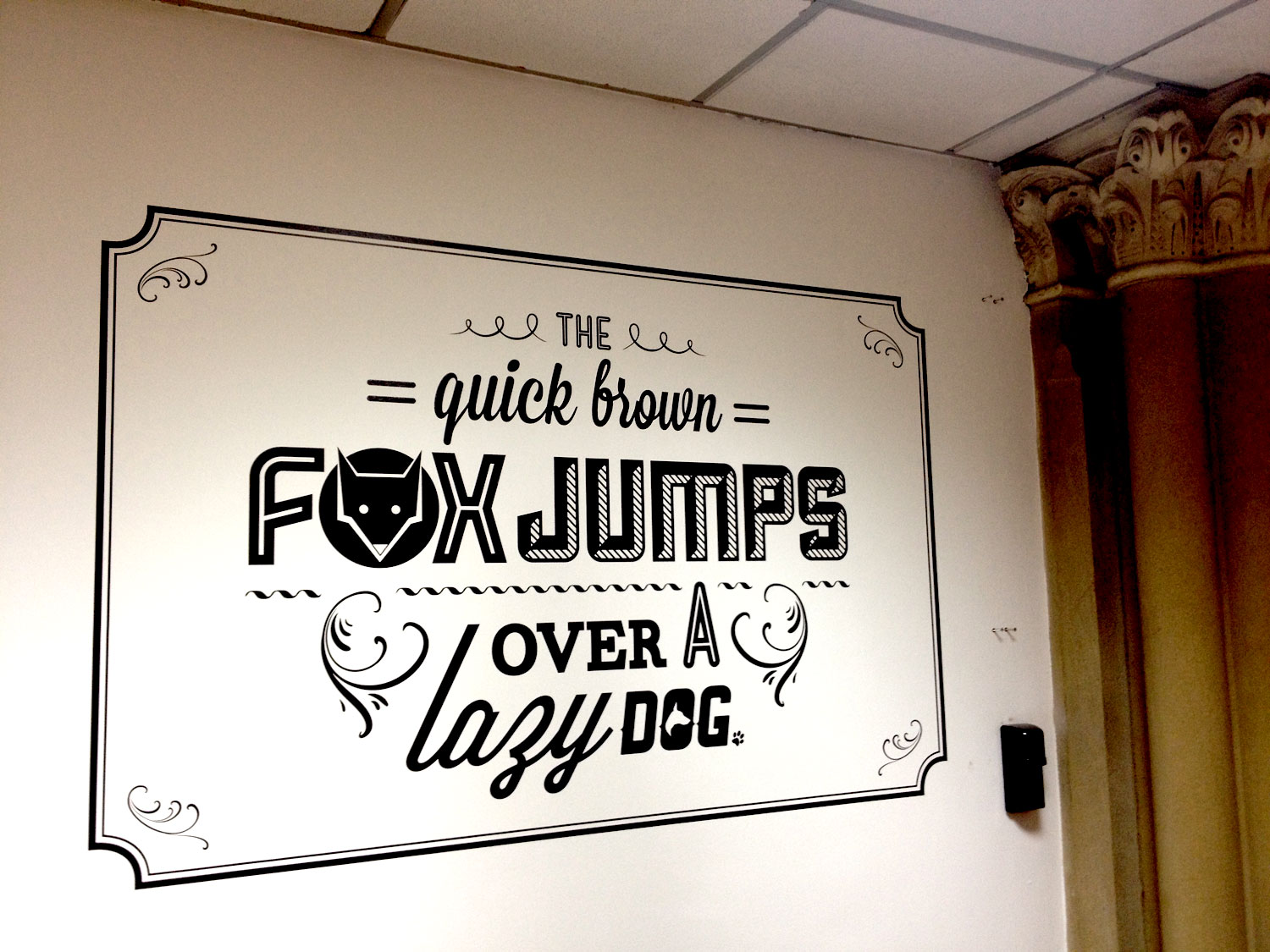
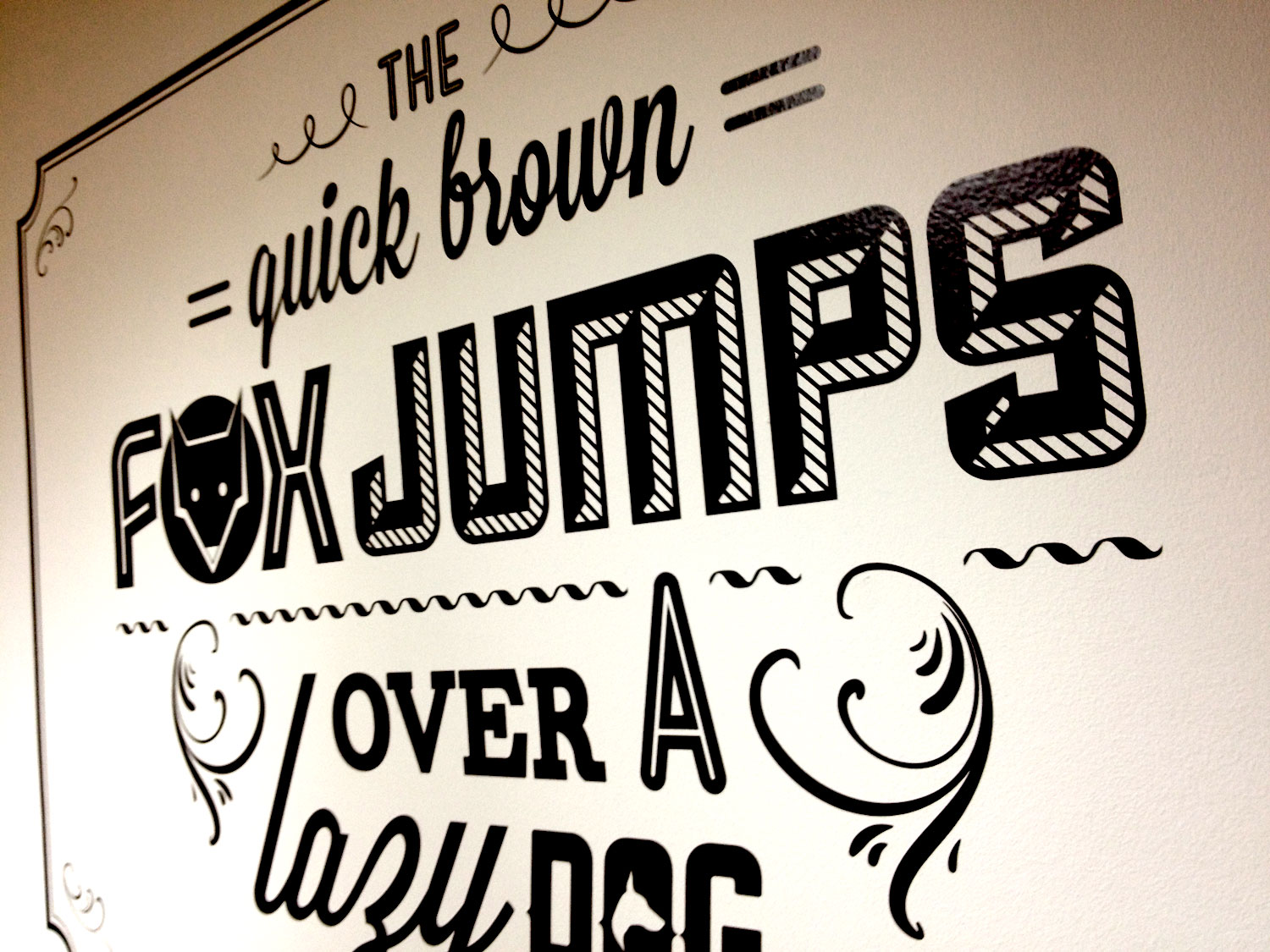
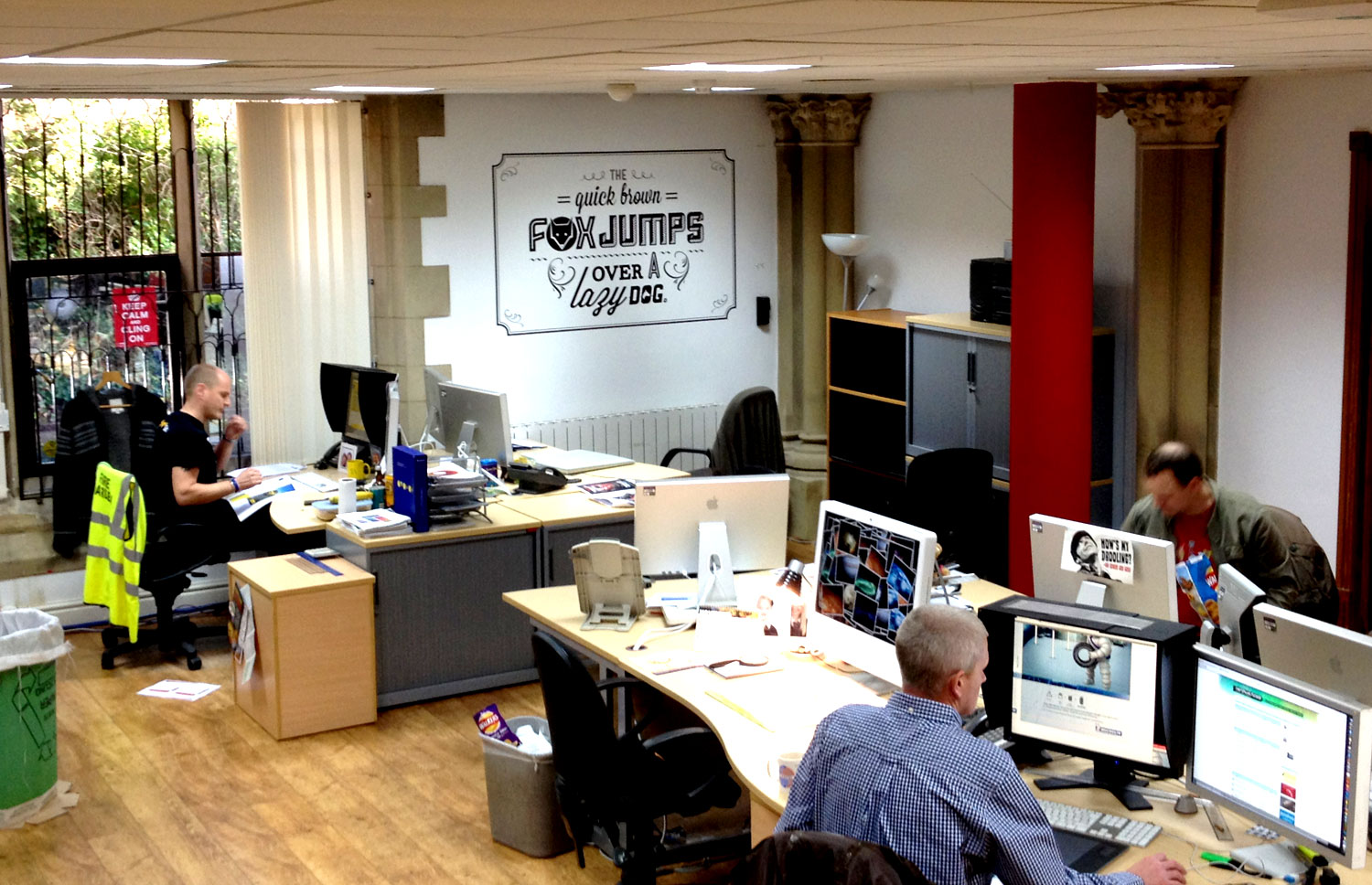






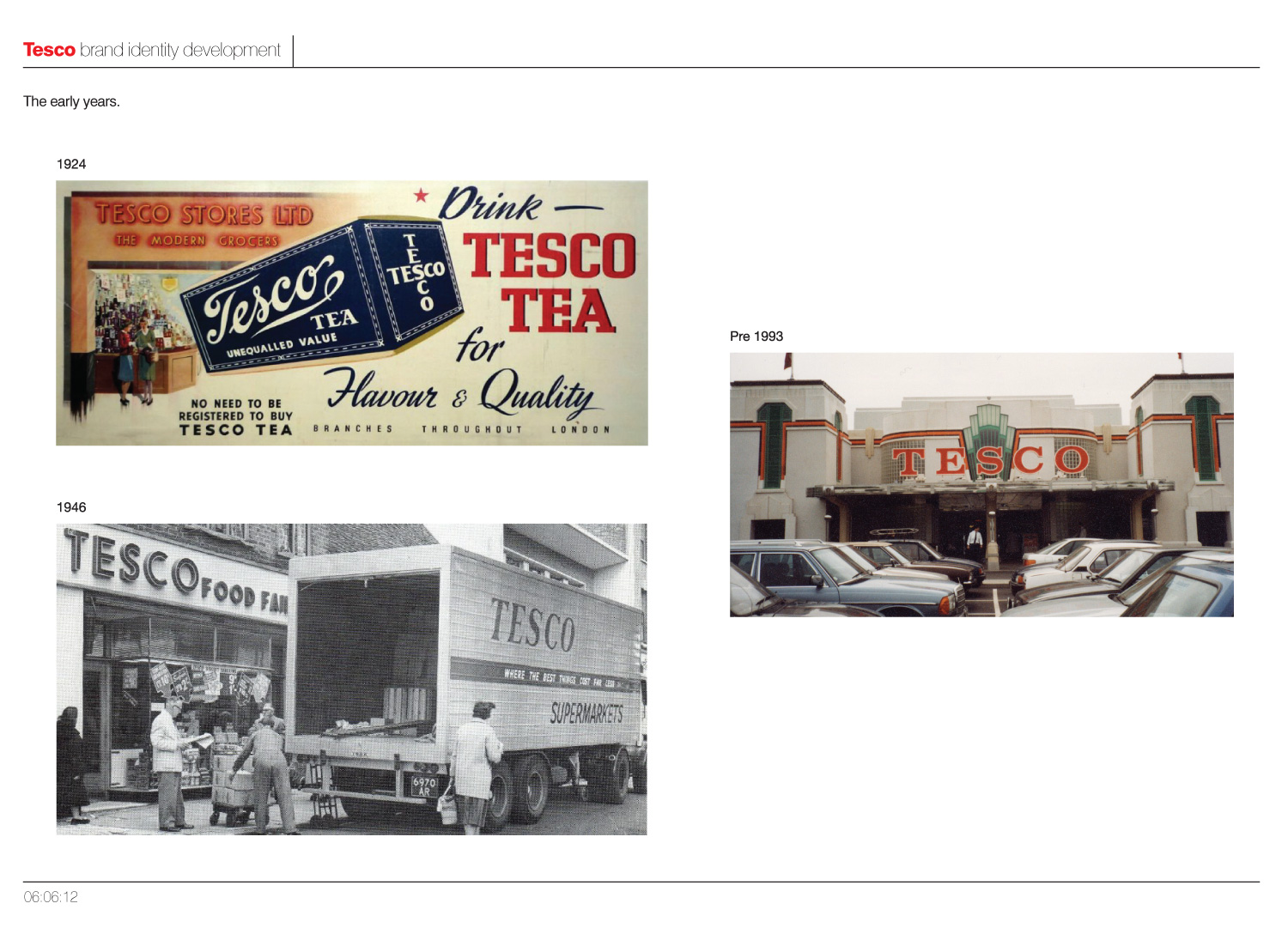
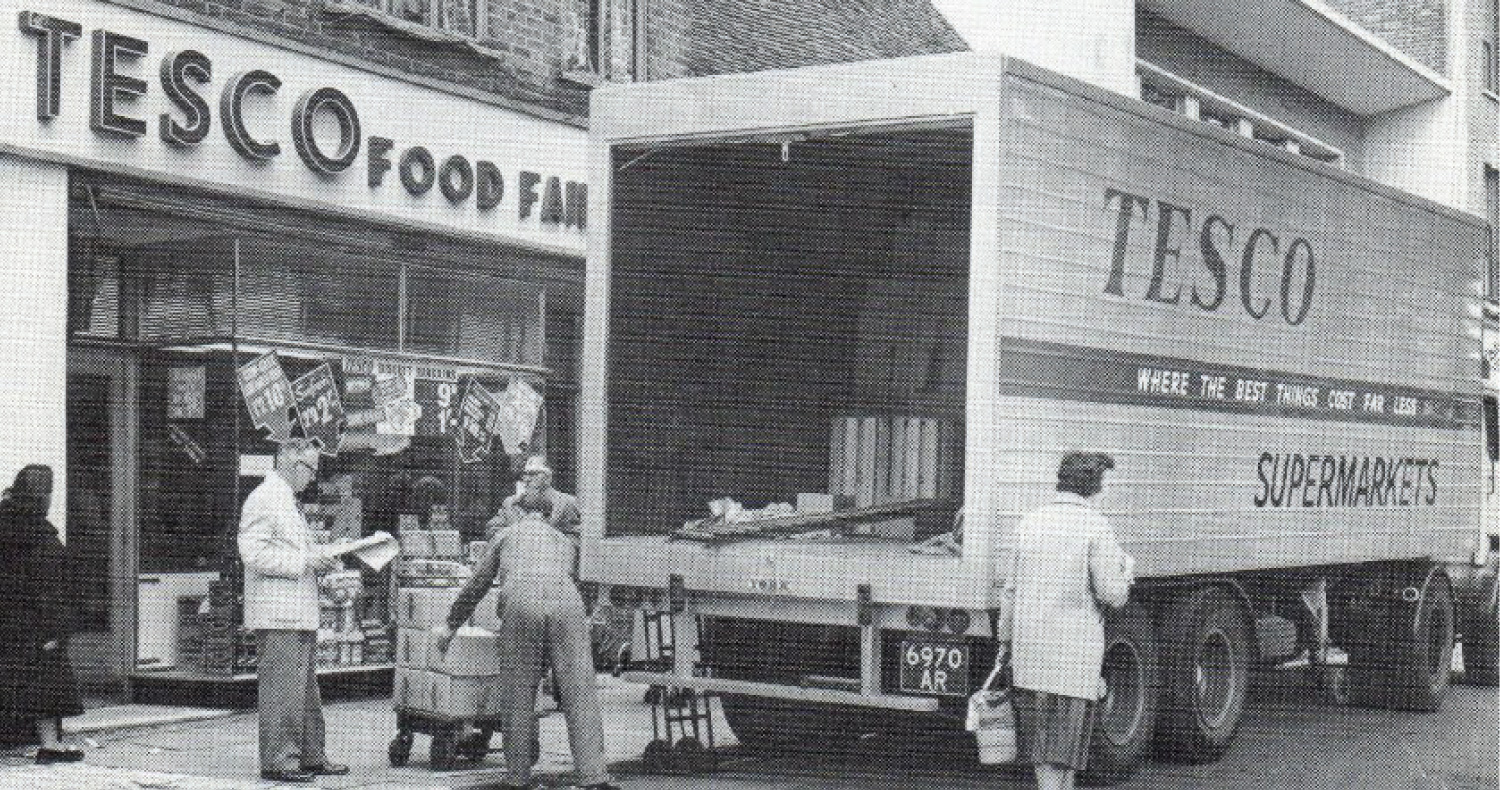
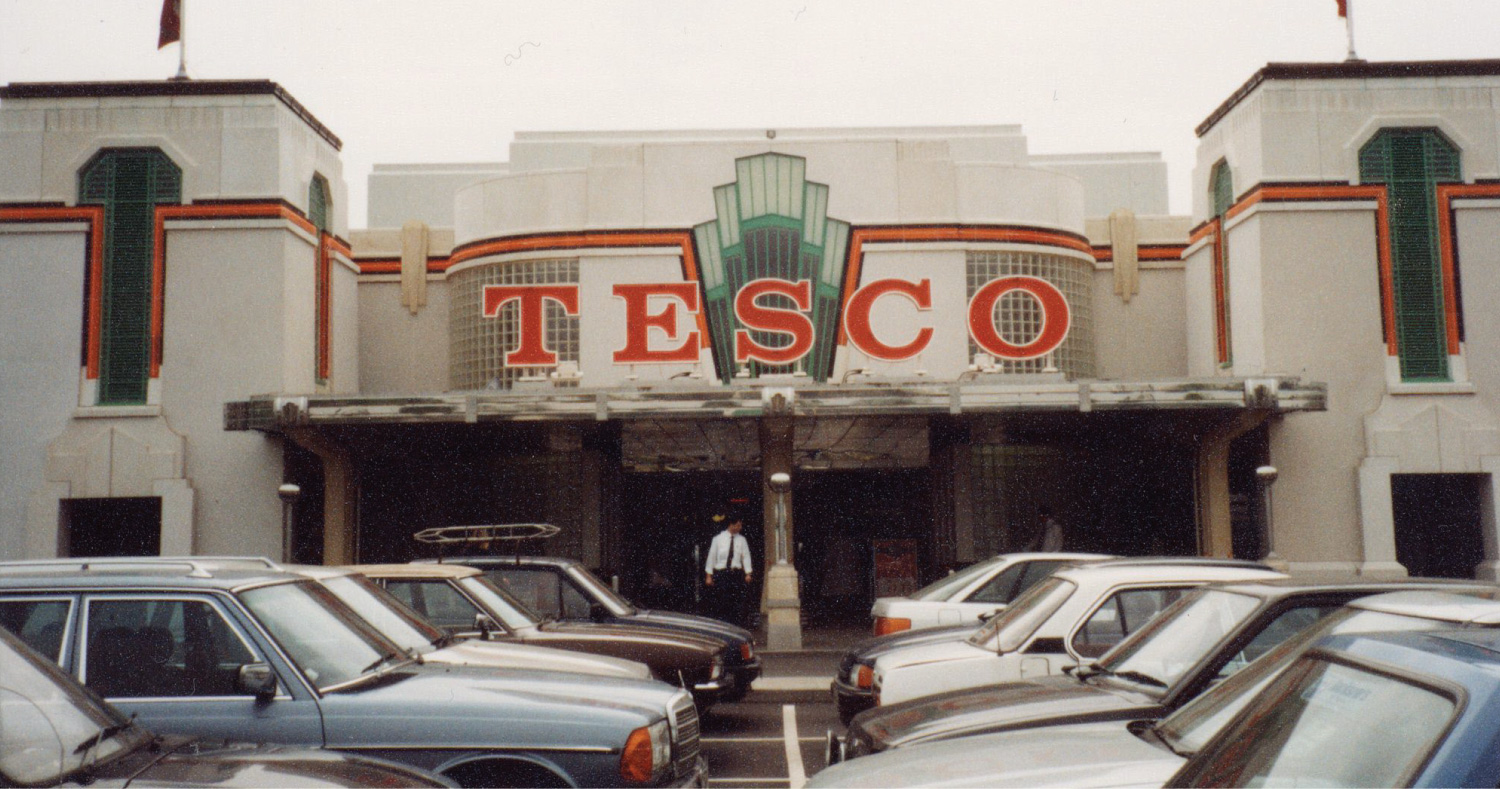
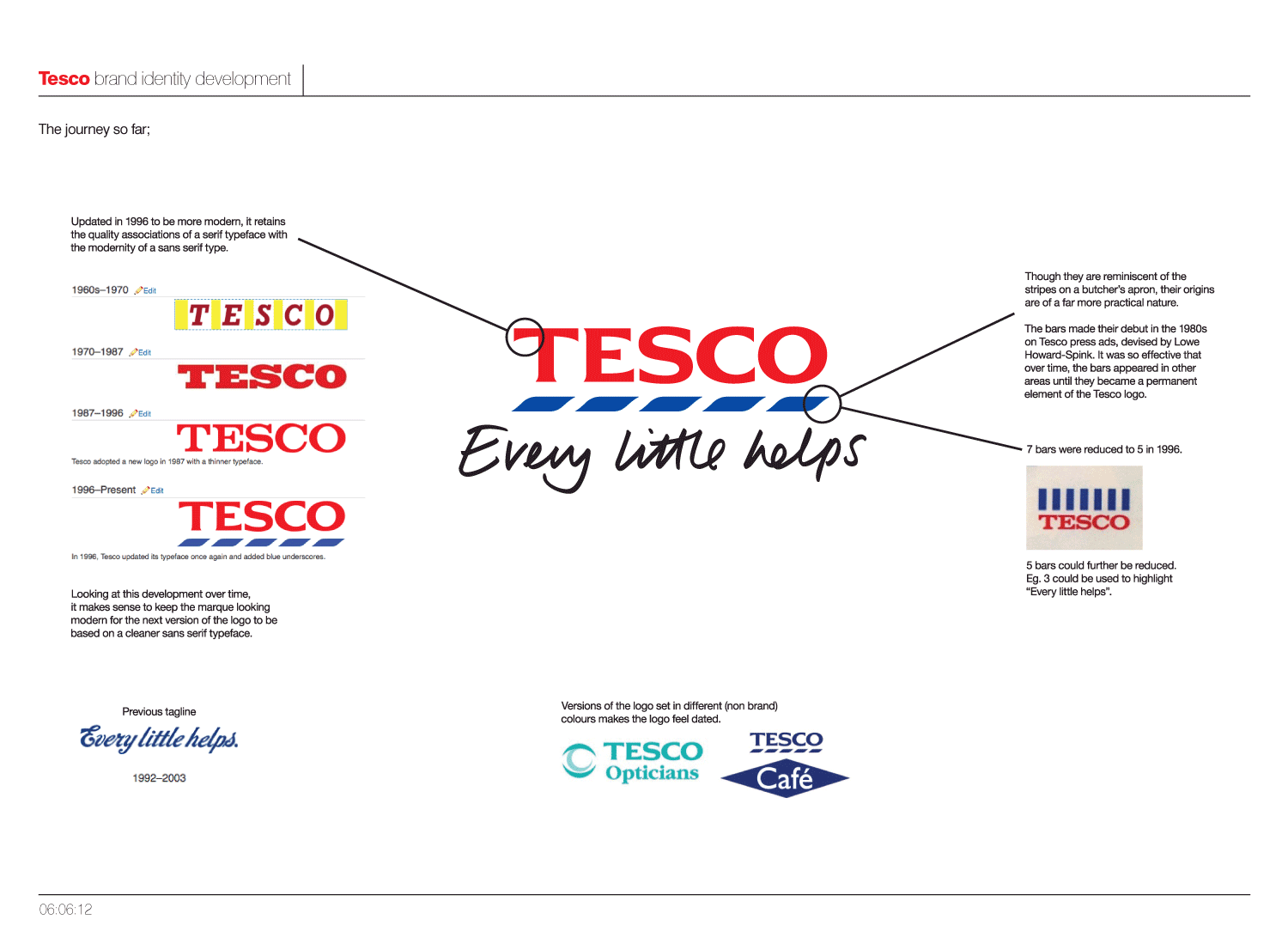
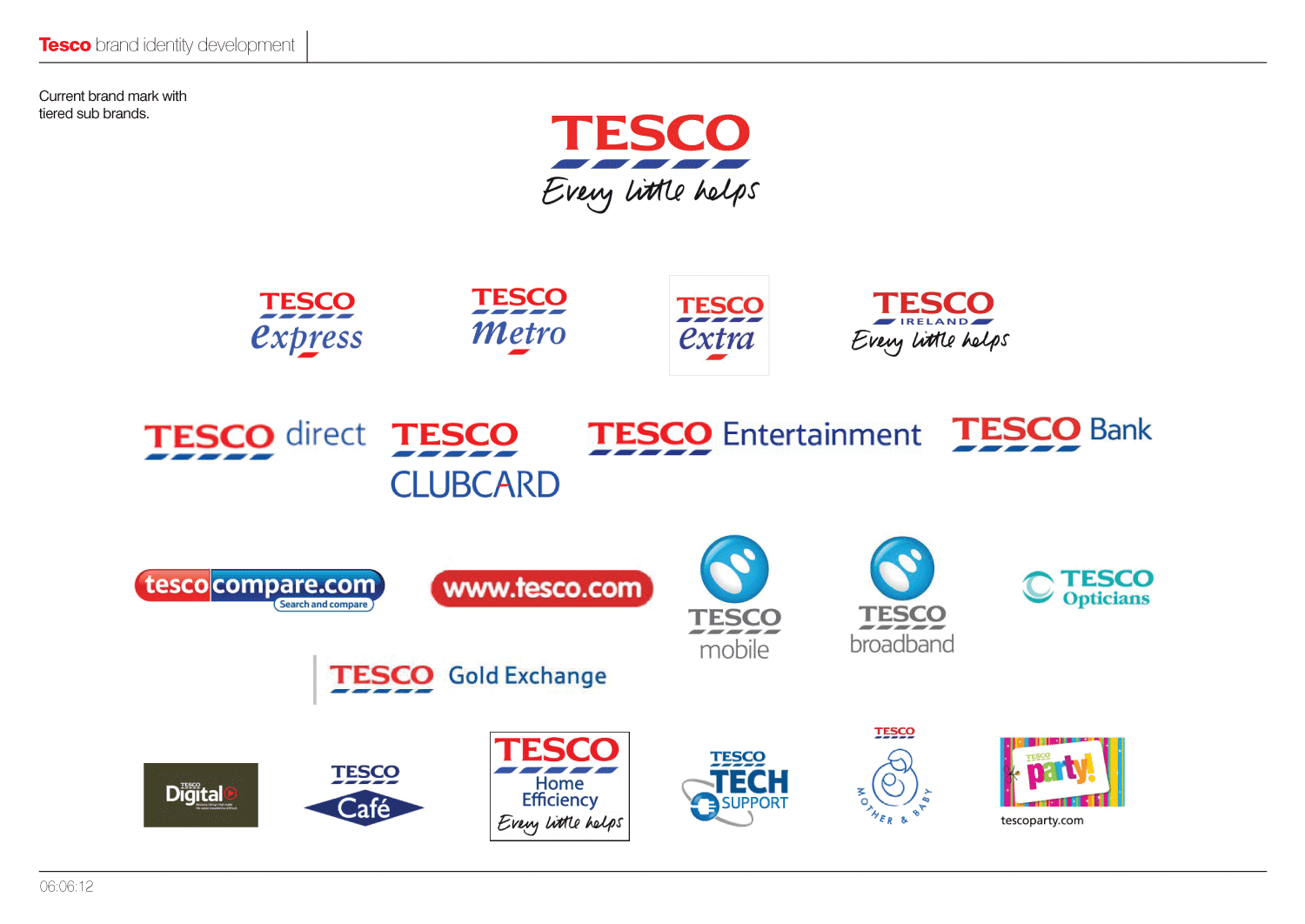
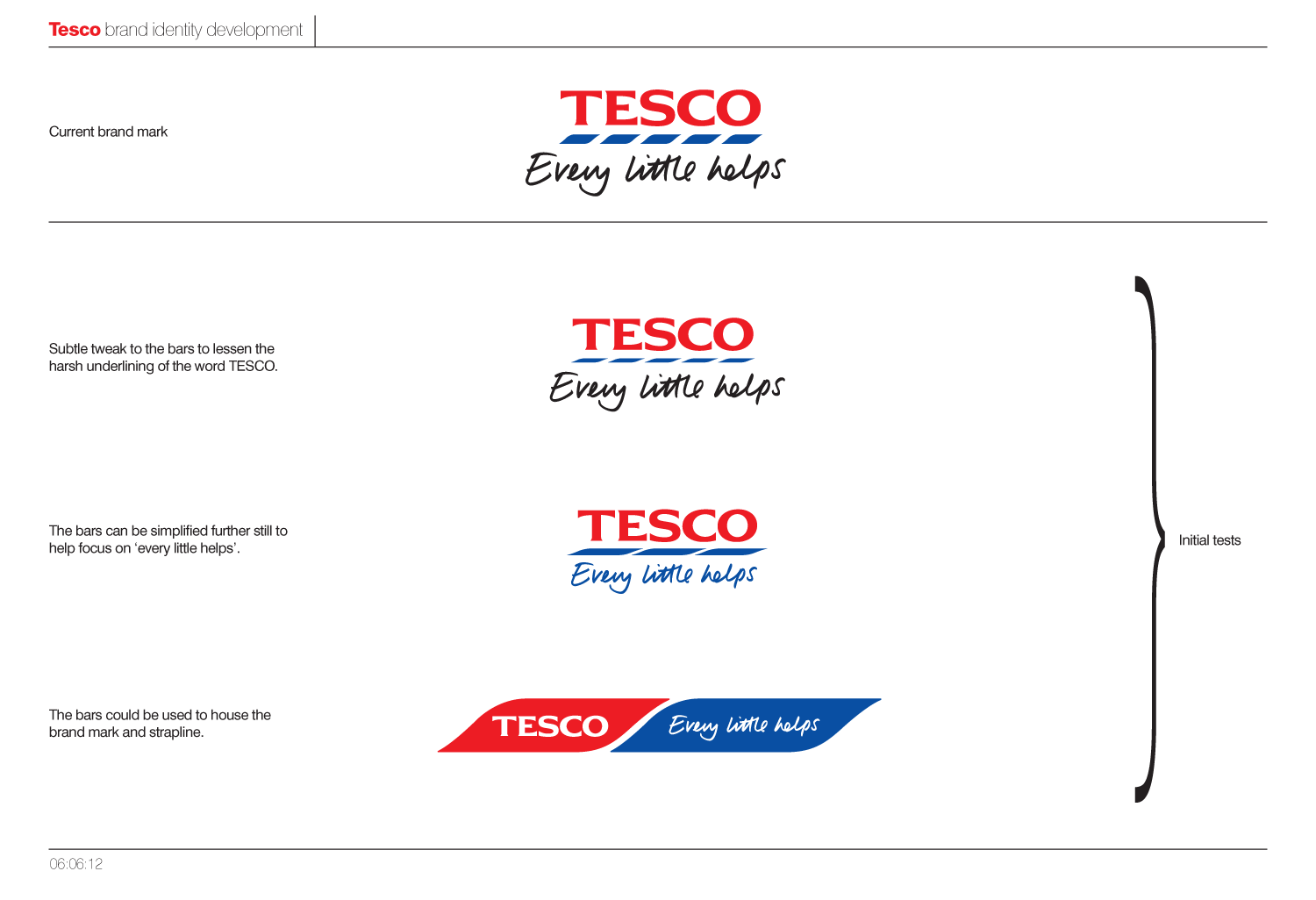
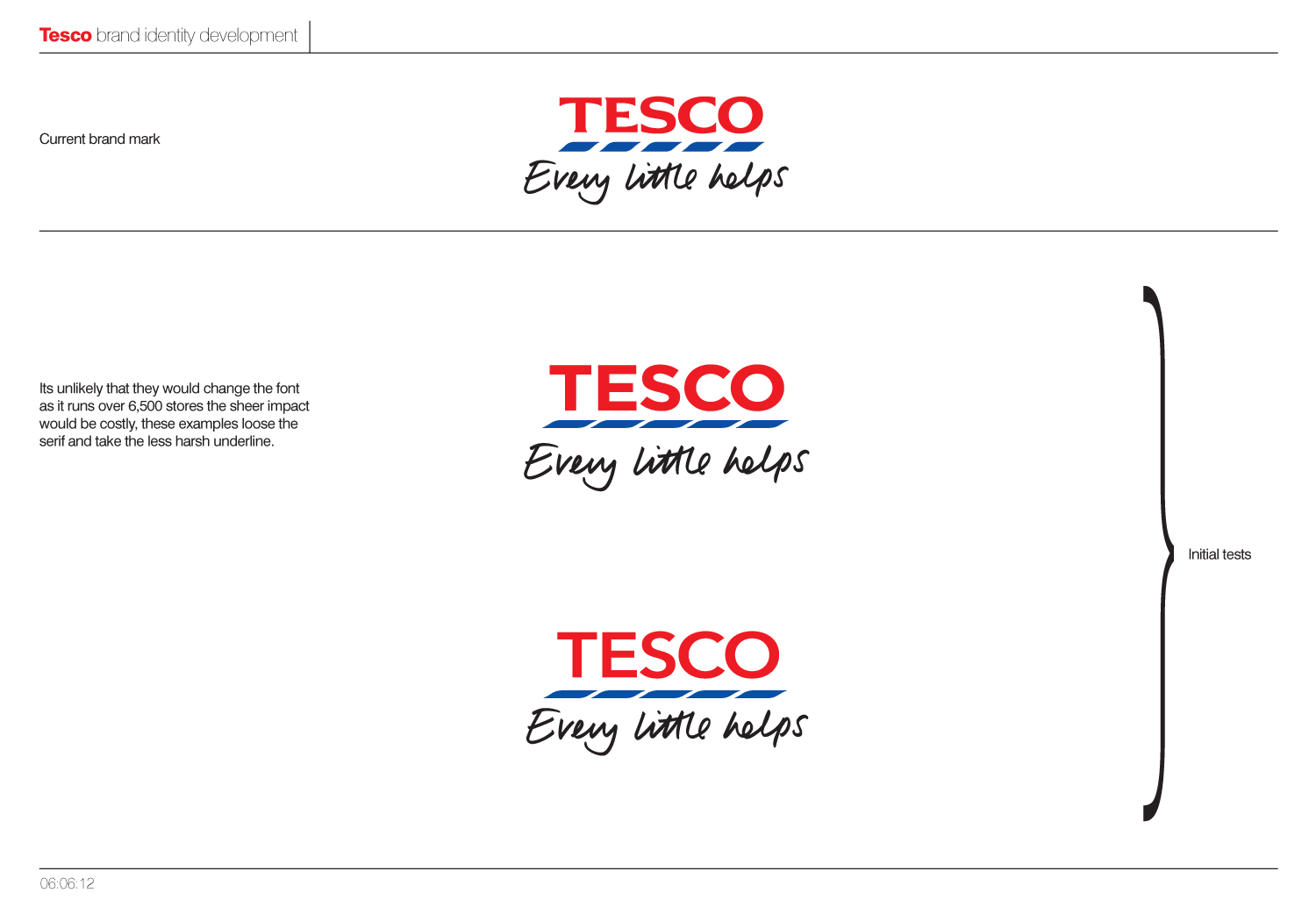
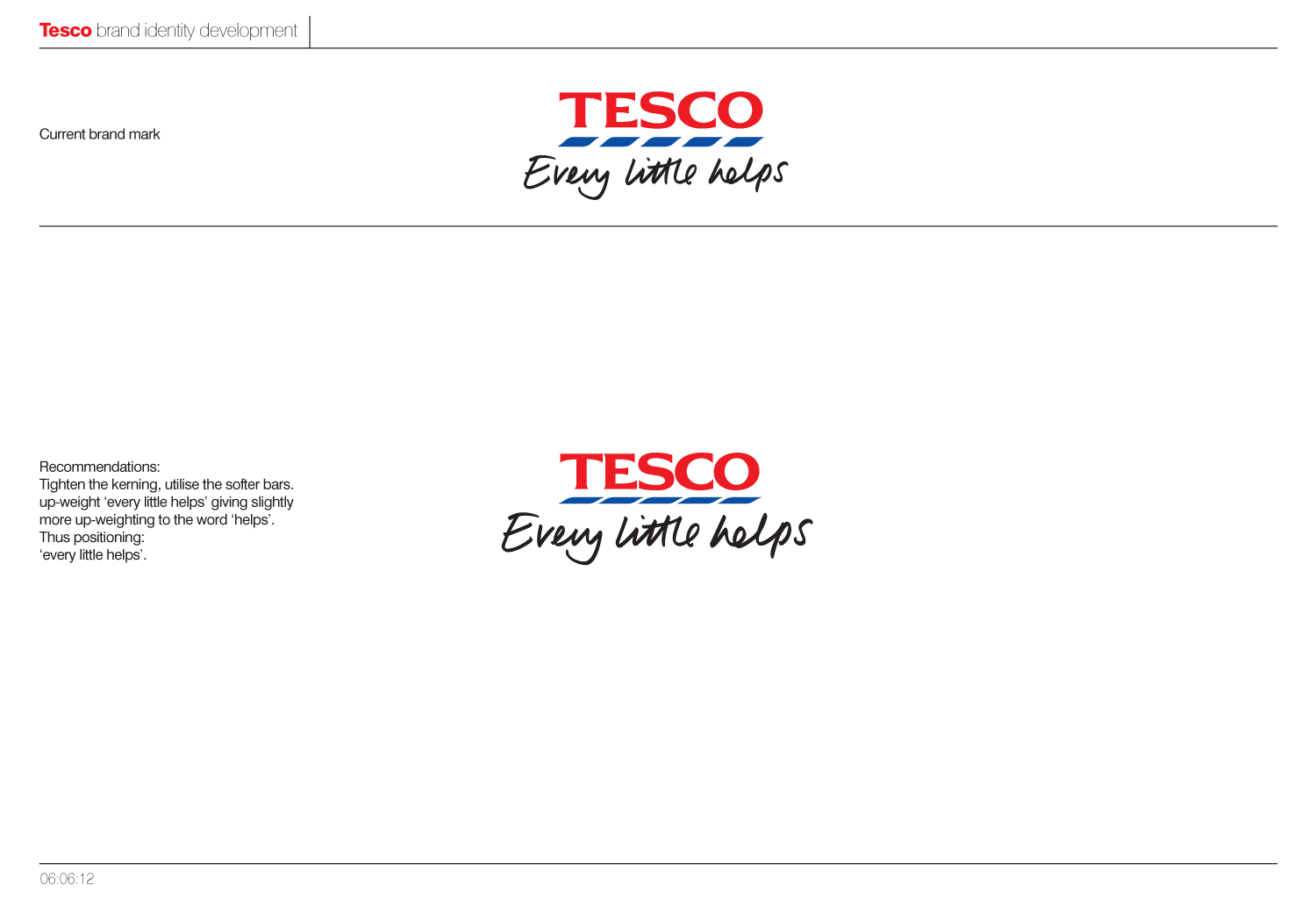
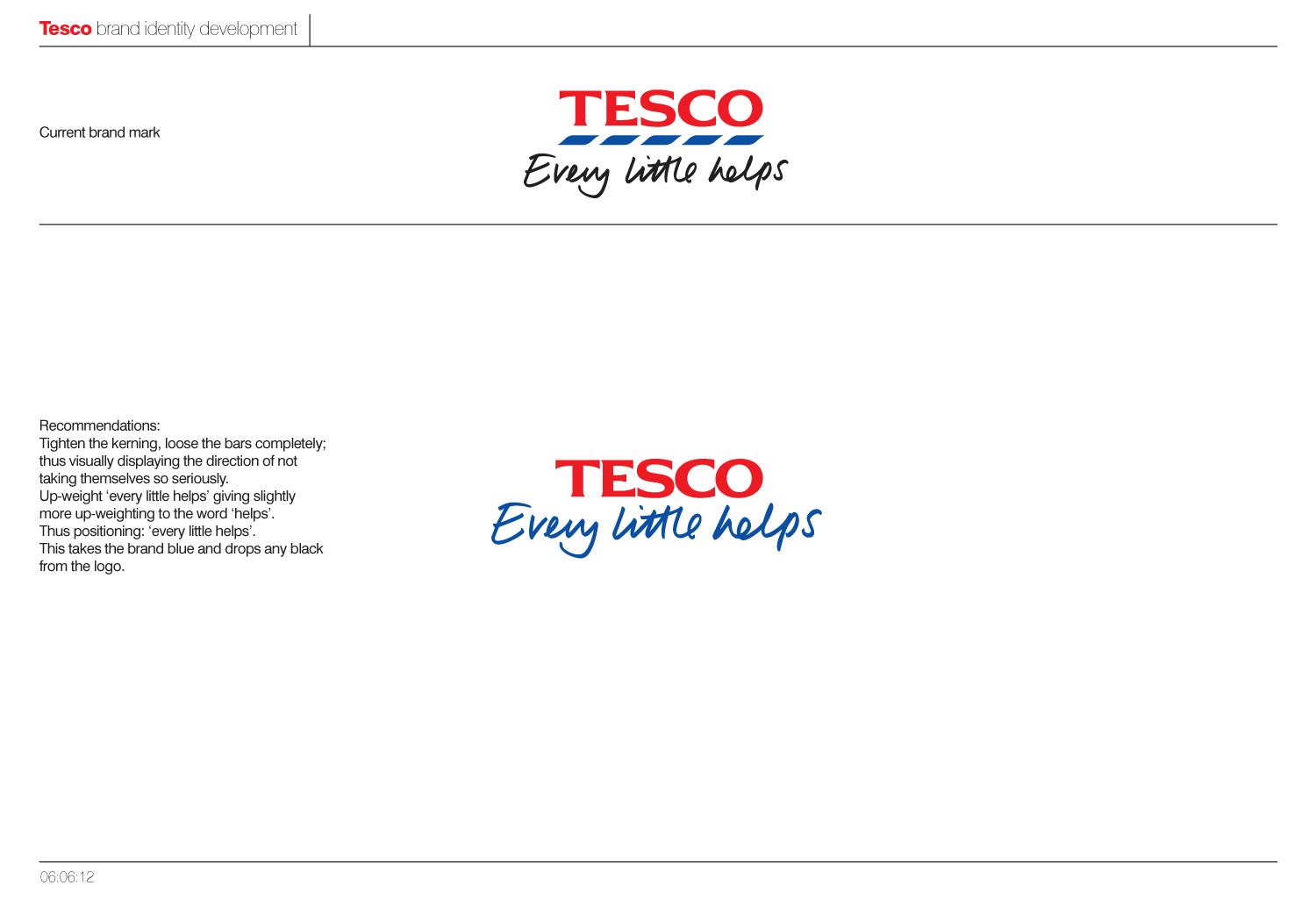
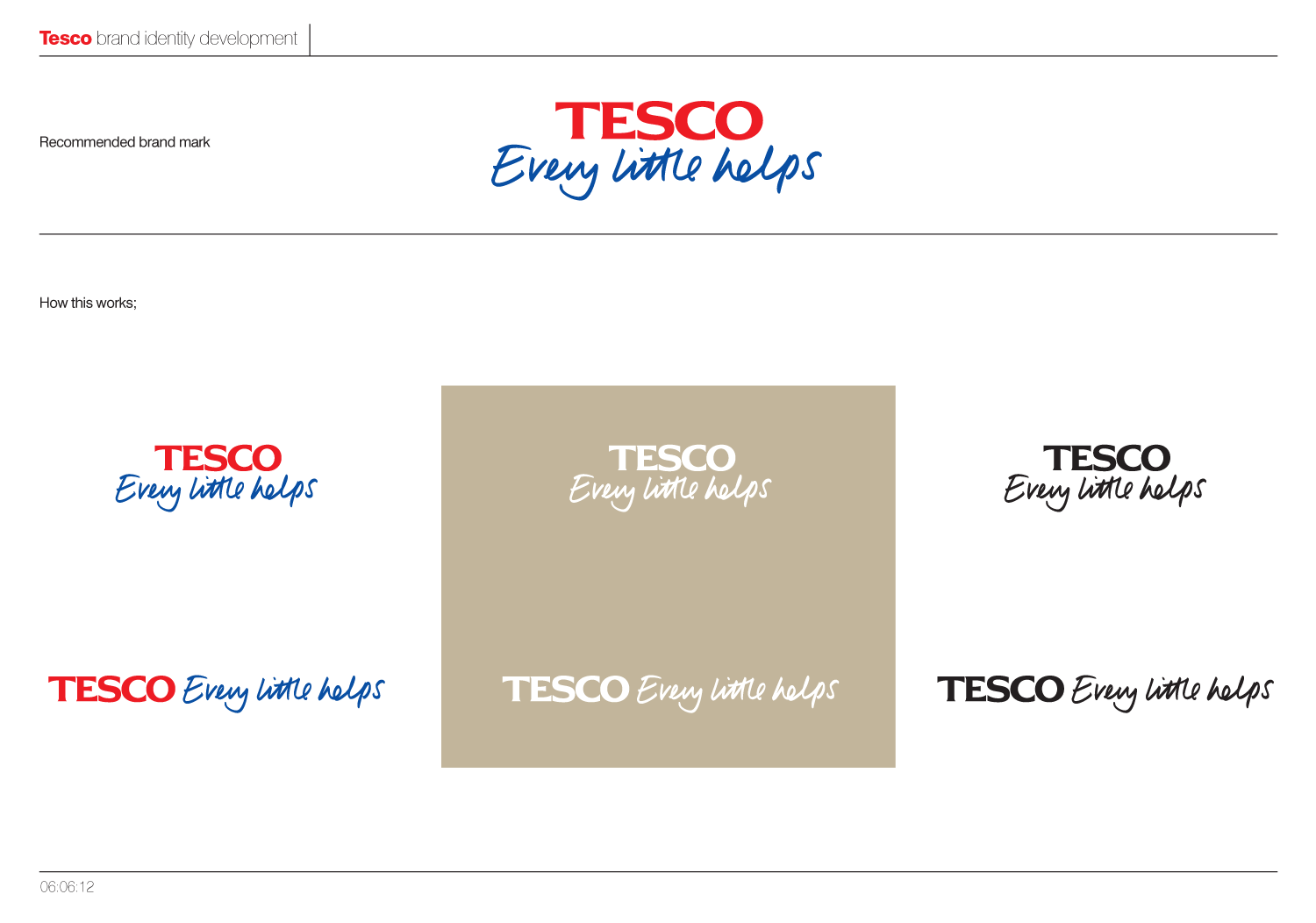
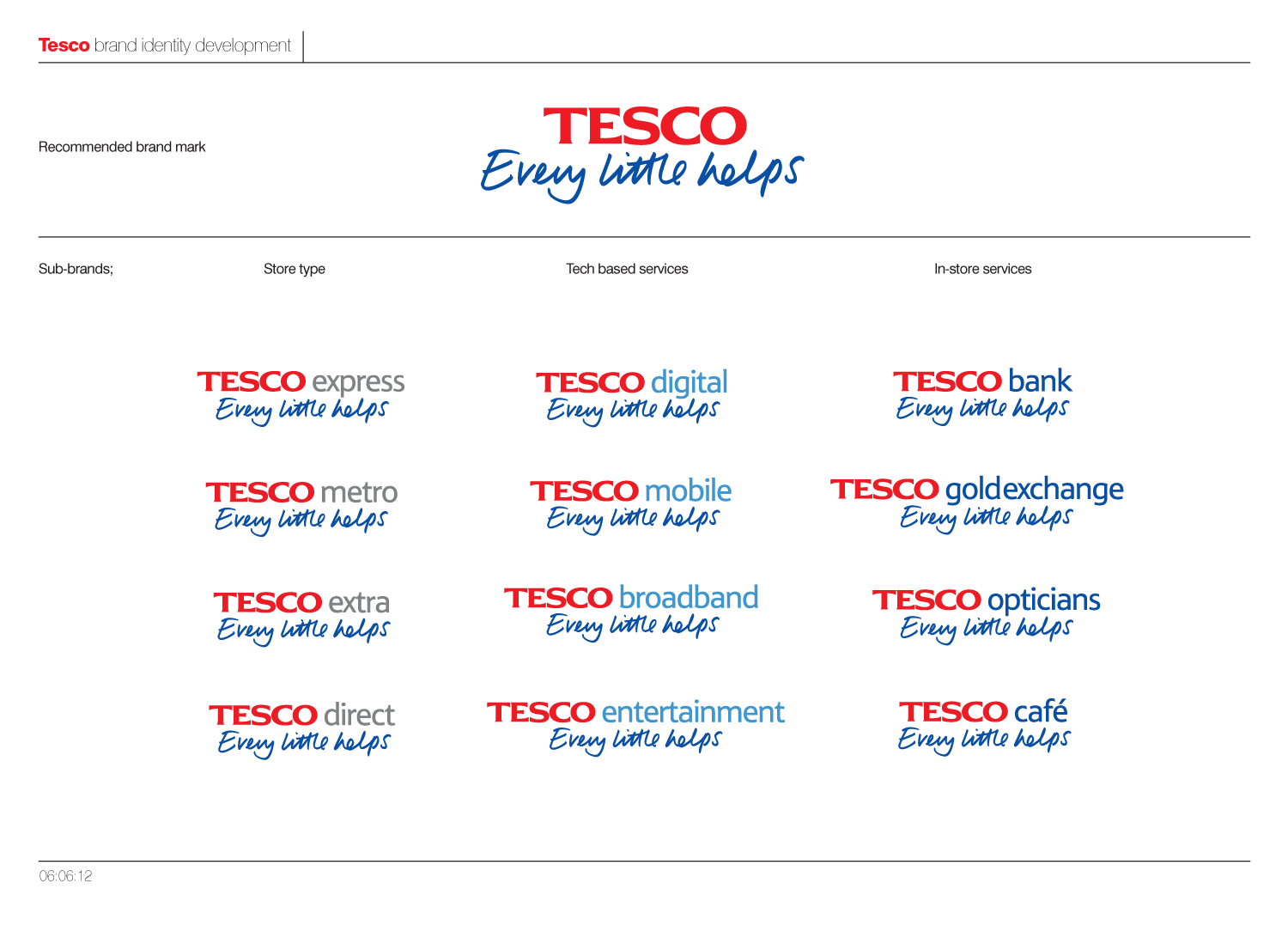 As I said at the beginning, this was only a quick brand overview and would have been great to get to delve deeper into the details and across the huge range of sub-brands. On a another note its interesting to see W+K's take on "every little helps" in their current ads, and how it wasn't too far away from our own.
As I said at the beginning, this was only a quick brand overview and would have been great to get to delve deeper into the details and across the huge range of sub-brands. On a another note its interesting to see W+K's take on "every little helps" in their current ads, and how it wasn't too far away from our own.